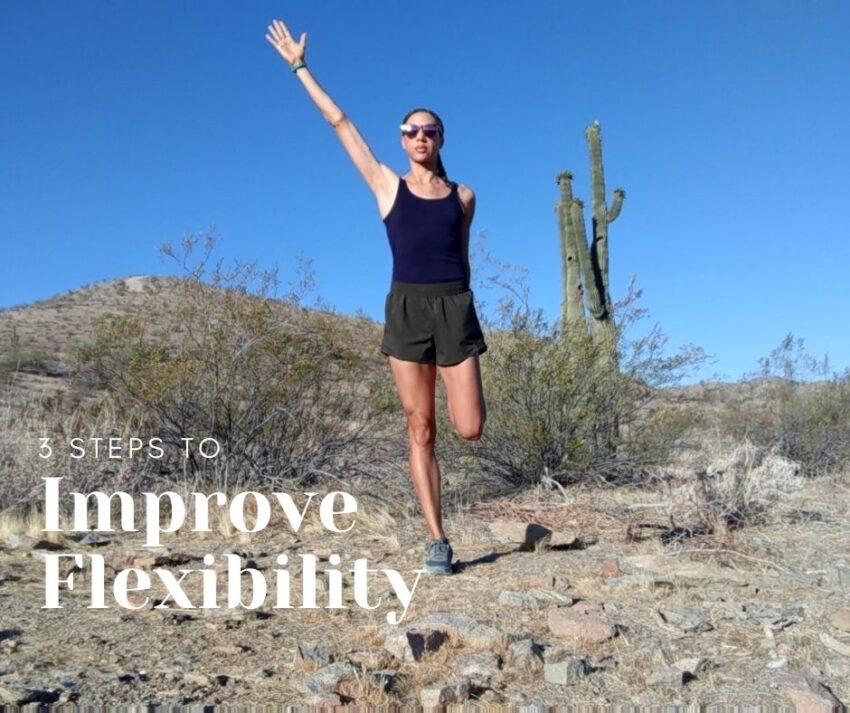I went to boot camp never having touched my toes, only to find out that doing so was part of the physical readiness test I would have to pass in order to graduate. Spoiler alert: I figured it out and graduated Navy boot camp in August 1996. So how did I get from lanky and inflexible to toe touching with ease? I took three steps to improve my flexibility during my weeks in boot camp. I understood the importance of flexibility to me. I sought small successes and I practiced daily. You can use these same steps to start and stick to your flexibility practice.
Step 1. Understand the Benefits of Flexibility to You
New information can cause us to identify, challenge and change ideas that don’t support adopting a healthy habit. Doing a little research and discovering more about the benefits of flexibility may allow you to develop ideas that push you toward a regular practice. I was just 18 during boot camp and while I had no idea about the physiological benefits of flexibility, it was clear how flexibility would benefit me. It was tied to an extremely important goal for my life – graduating and serving. That was sufficient motivation for me. Now it’s your turn. Take some time to learn a bit about the benefits of flexibility and try to identify the benefits that motivate you most.
Step 2. Seek Small Successes
There was no free time to practice touching my toes so I snuck in a forward fold whenever I could. Mostly I stretched while waiting in line. Progress came slowly but I noticed I’d get closer with each attempt, so I kept going. Remember that even when we’re taking small steps forward, we’re still making progress. If you’re feeling a gentle pull in the specified muscle or muscle group with no pain and you’re able to maintain a regular breathing pattern, you’re likely where you need to be to make progress.
When it comes to flexibility, it’s more important to find variations that work well for your body in that moment and express thanks for every bit of progress, rather than always trying most challenging option. You’ll find that with time and practice more challenging variations of the same stretch become the better option for you. See for yourself. Try this 15 minute Release and Restore recovery session a couple times a week for a month and get ready to see some progress.
Step 3. Practice Daily
It’s not the single occasion but the daily habits that have the greatest effect on our health goals. While making an addition to our daily routine can seem like hard work, let’s keep our goals in mind and make a plan to practice when it is convenient. Can you sit in a butterfly stretch while you watch your favorite show? Could you do a little shoulder stretch while waiting in line or reading at your desk? I bet you can!
If you’re interested in practicing with an experienced instructor, join me for a stretching session in person or online. I’ve designed these stretching sessions using my skills as a Functional Training Specialist and I can’t wait to share it with you. We’ll heat up with cardio and core work. Then we’ll practice functional movements and PNF stretching to keep our musculoskeletal system in good order. Finally, we’ll finish with a deep static stretching for a relaxing cool down. To improve posture, maintain healthy movement patterns and simply feel good, join me.
